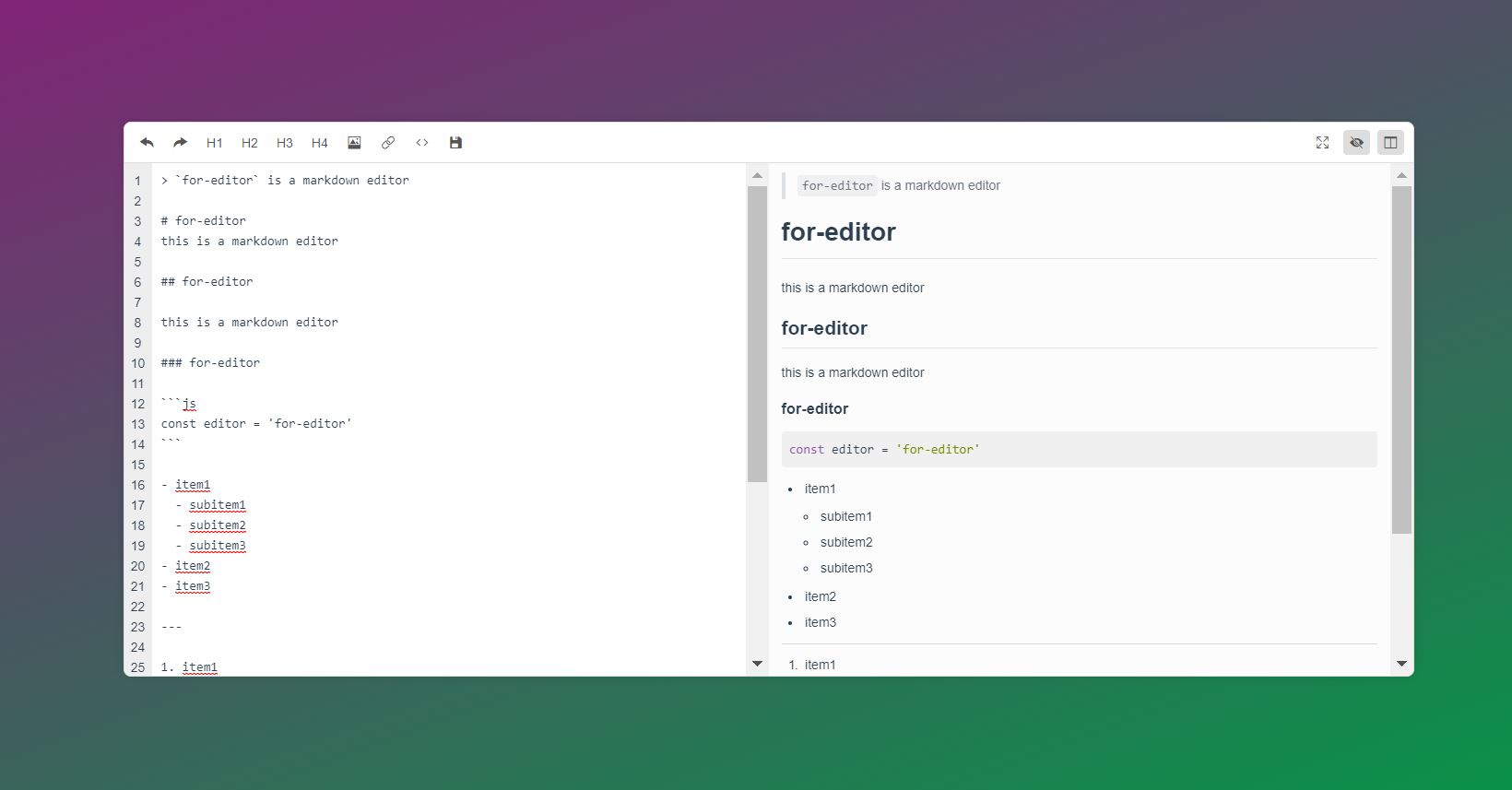

In my experience, markdown has been the best middle ground, as it is easy to understand, and even if you don't use any of the markdown formatting, you can still write easily. WYMeditor is probably the best implementation of this that I have seen so far. This has advantages if the content is semantically rich, and allows you to specify custom layouts based on what something is. Here the focus is on semantic meaning rather than layout.
#Markdown ufocus code#
The overall result is that the content is the focus.Ī third alternative it to use a WYSIWYM editor. The main purpose of Markdown is to generate HTML code that you can copy onto a web page or into writing platforms such as WordPress. It allows users to focus on what they want to say rather than what they want it to look like. Markdown is already used by many websites like Stack Exchange and Discourse, so depending on your audience, you my find that they are already comfortable with markdown. Also, There's also an option to auto pair markdown symbols, like or. Auto Pair Auto complete pair of brackets and quotes like a code editor. Typewriter mode always keeps the currently active line in the middle of the window. If your focus is on the content itself, rather than the layout of the content, I would strongly suggest you use markdown. Focus mode helps you focus only on the current line, by blurring the others. However, in my experience, that is rarely necessary. Marp (also known as the Markdown Presentation Ecosystem) provides an intuitive experience for creating beautiful slide decks. Multiple options must be separated by a comma (just like options in normal R functions).If your goal is to allow users to have fine control over exactly what a document or page will look like, then you really have to use something like WYSIWYG. Include all of these options after the r in the squiggly brackets. Here you can specify, among other things if the code will be outputted or just the output itself, captions for tables or graphs, and formatting for the output.




 0 kommentar(er)
0 kommentar(er)
